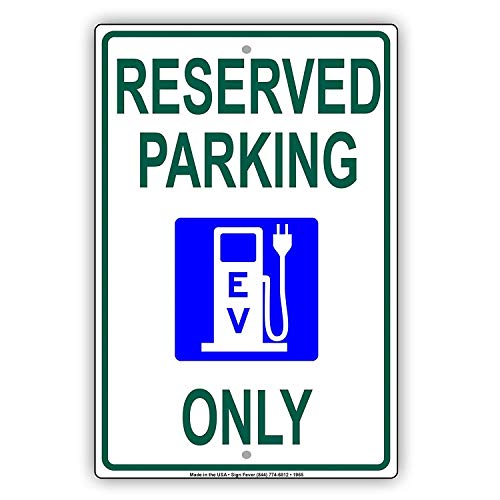anko
Well-known member
Jaap wrote in a different topic:
I have heard more about it, but with all due respect, to me it sound a bit like magic: easing up on the throttle without losing power. Is there any rational on how this would work?jaapv said:I found that the venerable practice of "feathering the throttle" (which means pushing the accelerator to obtain a certain speed/acceleration and then easing up marginally without losing the power - I've been doing that since the stone age on cars varying from an A Ford to a Morgan, so it is an automatism for me) works well and reduces racing the ICE significantly.


































